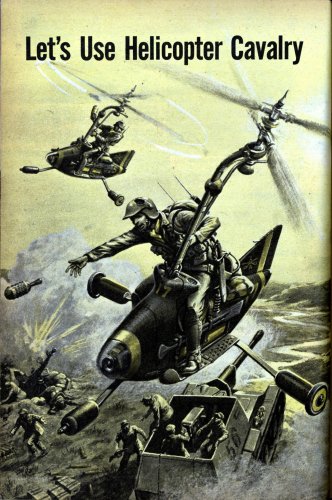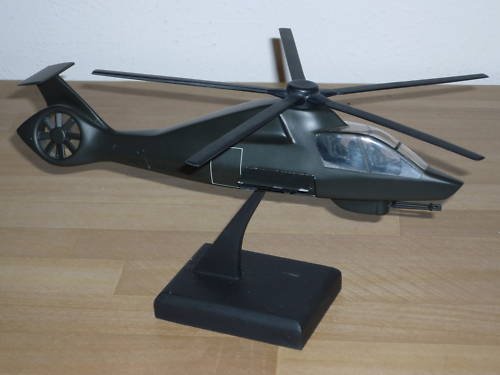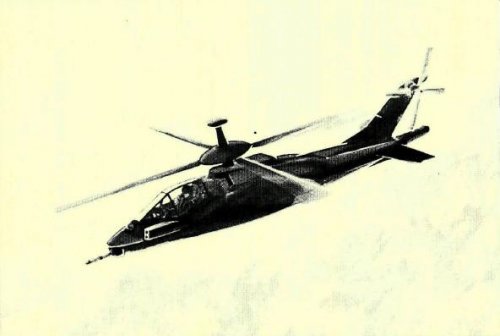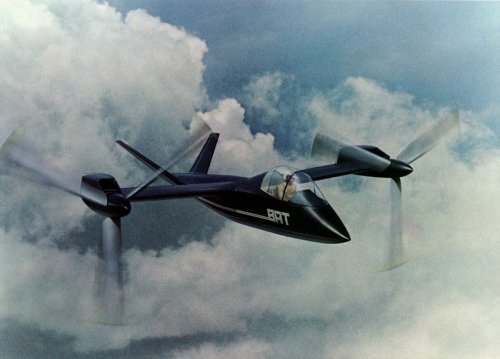F-14D said:
Someone who is more knowledgeable about rotor dynamics (I wish Ray Prouty was here!) could probably explain this better than me. You are correct in that helo power is usually measured (or at least described) in terms of engine shp. It's a convenient way to compare theoretical power available (discounting friction, efficiencyand accessory losses), and doesn't depend or rotor design. But remember, that power is delivered to the rotorhead. It is not what lifts or propels the helicopter. As that power is delivered, it turns the rotor. That rotor, and the air it moves, is what produces the thrust, and it is that which lifts and propels the helicopter. Couple of ways to visualize it would be to take a Bell 206 and put the blades in totally flat pitch ( or even remove them, as long as you had some drag mechanism to keep the gearbox from running away). The engine would still produce its rated shp, but there'd be zero thrust. Conversely, when a JetRanger is autorotating down after an engine failure , it's storing energy in the freewheeling rotor. When the collective is pulled just before the flare, the rotor expends that energy to arrest the 'copter's descent. Here, the rotor is briefly producing a lot of thrust even though there is no engine power at all.
An autogyro works on a similar principle. The forward motion of the vehicle sends air through the center section of the rotor and spins it up. The center portion is powered by that air, and essentially procues no thrust. But the inner portion is connected to the outer portion, and the outer spins faster, because it has to travel a larger arc in the same amount of time as the inner, and so it produces thrust. In fact, all the thrust (= lift in this case) comes from the outer ~ 1/3 of the rotor in an autogyro, so the aircraft gets thrust and flies with a rotor that is receiving no power at all from the engine. That's why an autogyro can't hover, has a staling speed and doesn't take off vertically unless there is an auxiliary power system to spin up the rotor for a "jump" takeoff.
As for the new tail rotor, it allows more of the engine power to be used at the rotorhead, allowing the new rotor to generate its greater thrust. This also allows faster sideways flight into the wind because it can counteract not only the higher torque from the greater amount of engine power being used to power the rotor, but the ruddervane effect of the aircraft wanting to turn into the wind.
Yeah, I understand the physics, I was just making sure I was on the same page as you.

Although, your last paragraph I hadn't considered in the sense that the more efficient and less power the tail rotor uses, the more is available for the main rotor; I mean I've known that, but I didn't think about it. I also hadn't considered the "sideward" flying part of the envelope.
I develop aircraft for flight simulator and work on mainly the flight dynamics, although I haven't worked on a helo. But I definitely get the relationship between the engine and how the thrust is actually generated as a lot of people get that wrong in FS. That's why I am always looking for good engine decks, which are damn near impossible to find. Because, it doesn't matter how much you know about the aircraft's flight dynamics/aerodynamics if the engine/propulsive modeling is incorrect. In that sense, I've worked a lot with trying to get propeller aero/thrust correct. It would be the same with a helo model, I would start with the engine and then the rotor aero/thrust, because if you don't get that right, you'll never get the right combo of performance for the given lift/drag, etc. Although, the FS standard Helo flight modeling isn't the best, my understanding is that the
Dodo Sim 206 is very realistic, because of how well they were able to model the flight dynamics and systems.












